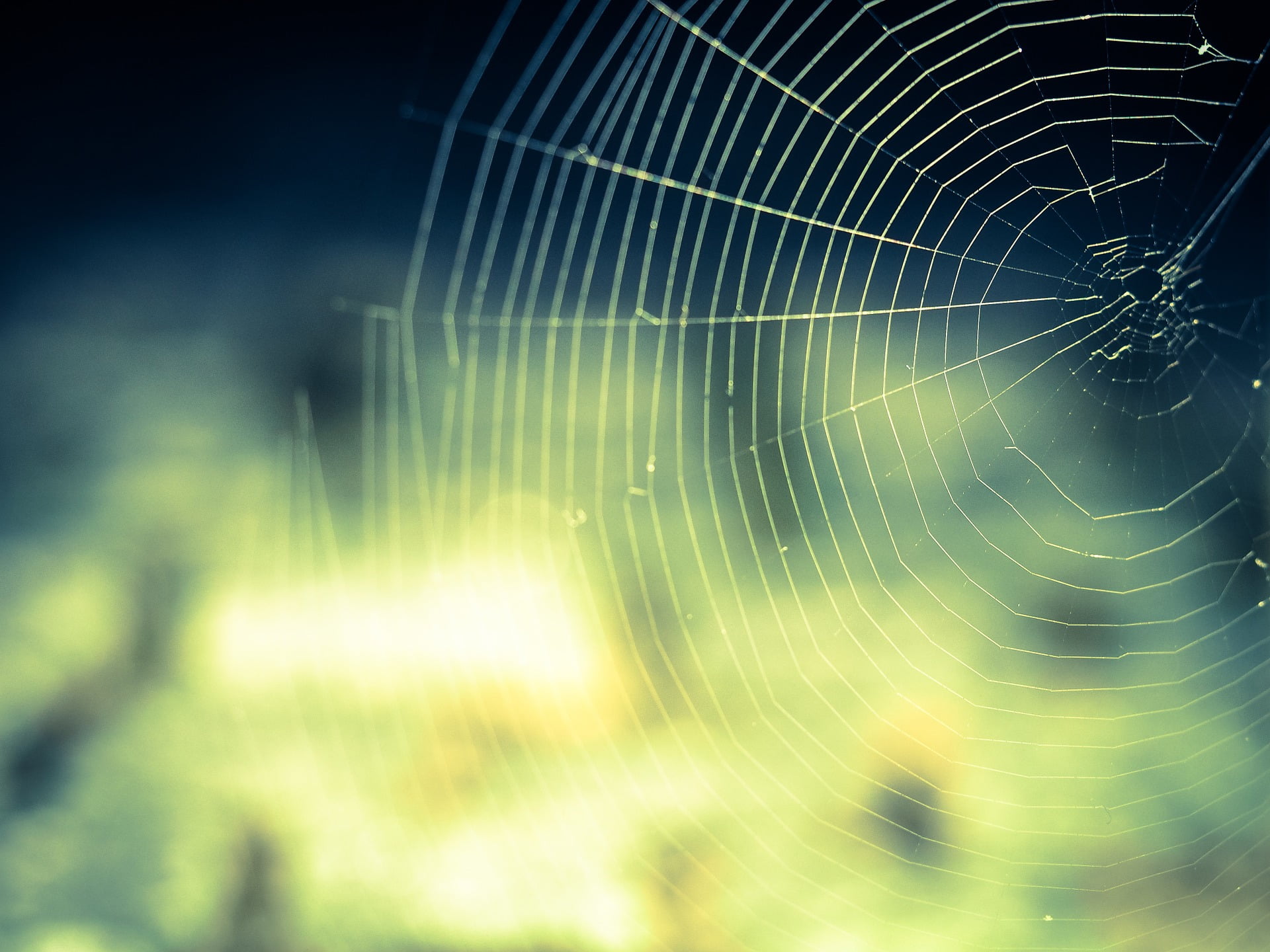Spiders are fascinating creatures. They create complex webs to capture prey and sometimes to court mates. Whether they invoke disgust, fear, or wonder, spiders are terribly impressive in their weaving ability. Spider webs are not only intriguing – breathtaking, even, when considering the skill it takes to make one – but also strong. However, with human intervention, spiders can apparently create even stronger webs.
Spiders drink a graphene solution, web strength increases
It sounds like something out of science fiction: Humans feed a substance to spiders and they gain superpower-like attributes. In this case, it is 100% reality. Spiders which are fed a solution laced with graphene are capable of making webs that could support the weight of a human.
This is not the first time the Merkle has mentioned graphene, but to refresh the reader’s memory, it is a configuration of carbon atoms that is incredibly strong. Apparently, the idea to feed this to spiders was a shot in the dark that just happened to work out. Science is cool like that; you’re either wrong (and that’s okay) or you discover something new.
In a recent study, graphene was put into spiders’ drinking water and incorporated into their silk. The result was silk string that was up to five times stronger than normal, could theoretically support human weight, and was about as strong as bulletproof-graded Kevlar. All of this is terribly impressive.
However, to continue producing the sticky stuff this strong, spiders would need to be constantly fed graphene. It’s not a permanent upgrade, but more of a temporary enhancement. Any negative health effects on the spiders are yet to be observed.
Potential Commercial Uses
Discoveries like this one immediately inspire new ideas. What new uses are there for a super strong silk? Well, this super silk could be used in the manufacturing of cables and various other materials which require impressive tensile strength. Spider silk is already very desirable for its tensile strength, and a 5x stronger version only sweetens the pot.
If this technology were to advance even further, there might be military and law enforcement applications. Silk is lighter than Kevlar. Any weight reduction for a soldier or police officer is always a good thing. It also may be more flexible than Kevlar. This would be a game changer. Currently, armor only protects vital, largely unmoving parts of the body, since Kevlar doesn’t bend well. “Super silk” might better protect sensitive areas like the groin, arms, legs, the neck, etc.
Some readers may wonder how one would even farm silk, so to speak. The truth is, we’ve been doing so for a long time. For those who are not squeamish about spiders, if you’re interested in seeing how silk is harvested, a cursory Google search will get you there. If you are squeamish, I would suggest staying away.
The future of stronger cables and clothing may be here in the form of spiders. Who knew?

